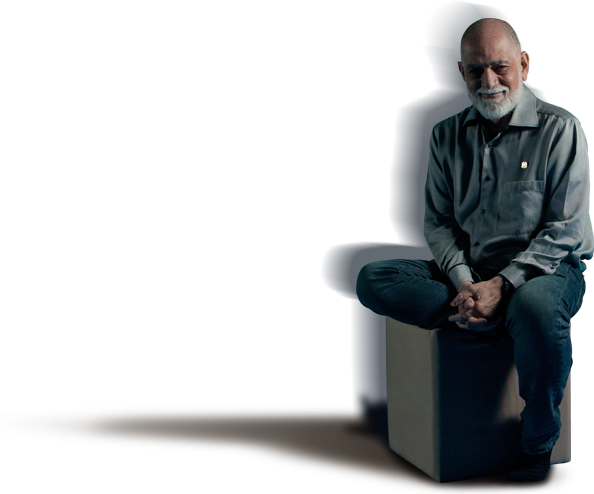MUDAMOS DE ÁREA PROFISSIONAL
Há vários anos, operamos uma mudança de segmento. Foi um grande passo! Desde então, a opinião pública compreendeu melhor qual era a nossa proposta desde o início. O que atrapalhava era o rótulo.
Algumas pessoas não compreenderam o porquê da mudança e insistem em nos interpretar como sendo da área anterior. Então, vamos exemplificar com outra profissão.
Imagine um célebre fotógrafo que tenha trabalhado toda a sua vida nesse métier e nele tenha angariado o reconhecimento público e a notoriedade. Após cinquenta anos de trabalho bem-sucedido, decide que não quer mais ser fotógrafo. Alguém insiste em chamá-lo de fotógrafo e quer sua prestação de serviços para fotografar um casamento. Então, o prestigiado profissional esclarece:
“O fotógrafo que não fotografa mais e passa a escrever livros e proferir palestras sobre psicodinâmica das cores, sobre ótica, sobre a fisiologia do olho humano, sobre fabricação de lentes, sobre percepção, sobre arte, pintura, escultura, ele transcende a profissão de fotógrafo e passa a atuar em outro segmento profissional.
“Ele abraça a pintura hiperrealista como manifestação pura e espontânea da arte. Passa a expor em galerias de arte e a dar classes a pintores. Como parte meramente técnica, continua dando classes de fotografia e escrevendo sobre fotografia para que os iniciantes – ainda sem maturidade artística suficiente para pintar – possam estudar as relações entre luz e sombra, bem como sobre as cores e suas manifestações sob o sol e sob a lua.
“Então, um dia ele declara: ‘Estou fora do segmento de fotografia. Estou no segmento de pintura.’ Ele poderia ser mais específico e declarar: ‘Eu não fotografo casamentos. Eu pinto paisagens.’ ”
No nosso caso, estamos no segmento de qualidade de vida e reeducação comportamental. Da mesma forma que uma academia de musculação que tenha Yôga não pertence ao ramo de Yôga e sim ao de Educação Física. Um escola de Ballet que tenha Yôga, não pertence ao segmento de Yôga e sim ao de dança. Uma escola de Karatê que também tenha aulas de Yôga não pertence ao ramo de Yôga e sim ao de artes marciais.
E se alguém perguntasse: “Como não é Yôga se vocês têm aí um livro intitulado Tratado de Yôga?” Responderíamos:
“Também temos o livro Anjos Peludos, de educação de cães, e não somos pet shop; temos o livro Método de Boa Alimentação e não somos curso de culinária; temos o livro Método de Boas Maneiras e não somos curso de etiqueta social.”








